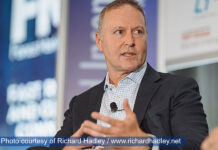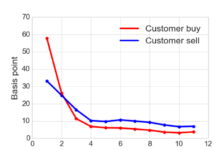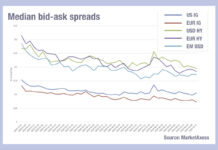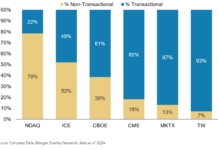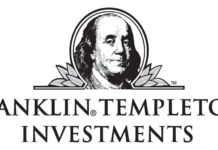Delegates at TradeTech in Paris heard how the evolution of digital assets is allowing investors to access traditional exposures via new mechanisms.
“At Union Investment, we got involved in digital assets in tokenized bonds about two years ago, when the European Investment Bank (EIB) issued the first bond back in April 21,” explains Christoph Hock, head of multi-asset trading at Union Investment. “We are not talking about the separate asset class, because when Siemens, for instance, has a one-year, fixed money market instrument, which is listed on an exchange and launches a one year tokenized bond, it’s a different wrapper but represents the same economic exposure. So it doesn’t make sense to separate the investment process [between] tokenized assets and traditional assets, either from a risk management perspective or from an investment thesis perspective.”
Nevertheless, association with the broader crypto world has affected confidence in similar tools for trading and investment. That needs to be addressed through regulation said Bradley Duke, founder & co-CEO at ETC Group.
“If you look back at 2022, we learned there was a loss of trust in crypto because of bad actors via unregulated players like FTX, who were acting as, as a bank, broker and an exchange. In regulated markets, all those players are very heavily regulated. In the world of crypto, they were completely unregulated. Of course there’s a loss of trust from the investment community. We see analysis that including a percentage of between 1-5% of a balanced portfolio in crypto actually does improve performance, while we look back over the last few years. So there is a good reason to include crypto but regulated products on a regulated exchange is definitely a better way to go than to take a chance with any crypto exchange while we’re waiting for crypto regulation to come into effect here in Europe and around the world.”
The markets in crypto-assets (MiCA) regulation, which is due to roll out in Europe shortly, is expected to harmonise rules for crypto-assets at an EU level, providing greater certainty for crypto-asset investors and issuers. It covers money tokens such as stablecoins, asset tokens, and crypto assets.
“We should distinguish that as a regulator, it’s not for us to define which business case are legitimate or not legitimate,” said Jérôme Reboul, managing director and head of the policy and international affairs directorate, at the French market regulator, Autorité des Marchés Financiers (AMF). “We are here to set the rules to make sure that they are implemented in such a way that markets function well, and they provide confidence to market participants. If I were to paint a broad picture I would say we have two different categories of crypto. First, I would say the historical crypto are in the retail space. Both crypto that are not financial instruments and crypto that are financial instruments that will soon be subject to MiCA. For [the first] category of crypto, I have a simple message: now is the time for regulation.”
He acknowledged that some market partriciacnt had been concerned about the slow pace of the regulation being delivered – the final text was agreed end of Q4 2022 – but he noted the regulator had gained a lot of experience in in discussion with market participants, and the future for a more trusted market was looking positive.
“I think we are in a good position to ensure a smooth transition towards the MICA world,” he said. “We also have [as a second category of crypto] tokens as wrappers for financial instruments. We are big believers in the potential of blockchain technology in the space of financial instruments. Because in the past straight face, you have a lot of inefficiencies that come from the use of old technology to provide certainty. Layers of financial intermediaries whose job is to provide safety and certainty in post-trade which clearly, if you can directly use cryptographic techniques to provide the same level of certainty, you have lots of potential for productivity gains. So we are big believers in that.”
©Markets Media Europe 2023

